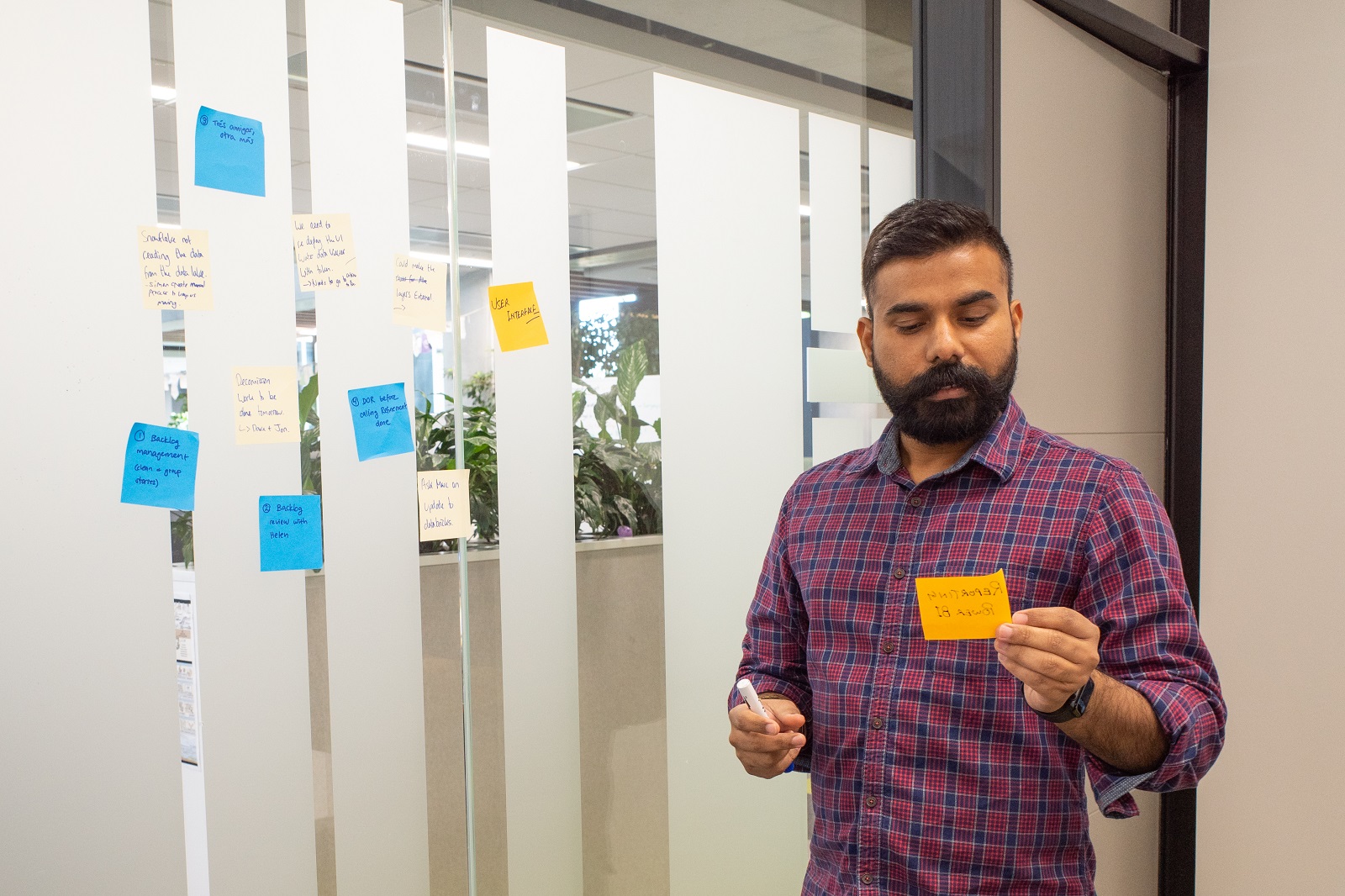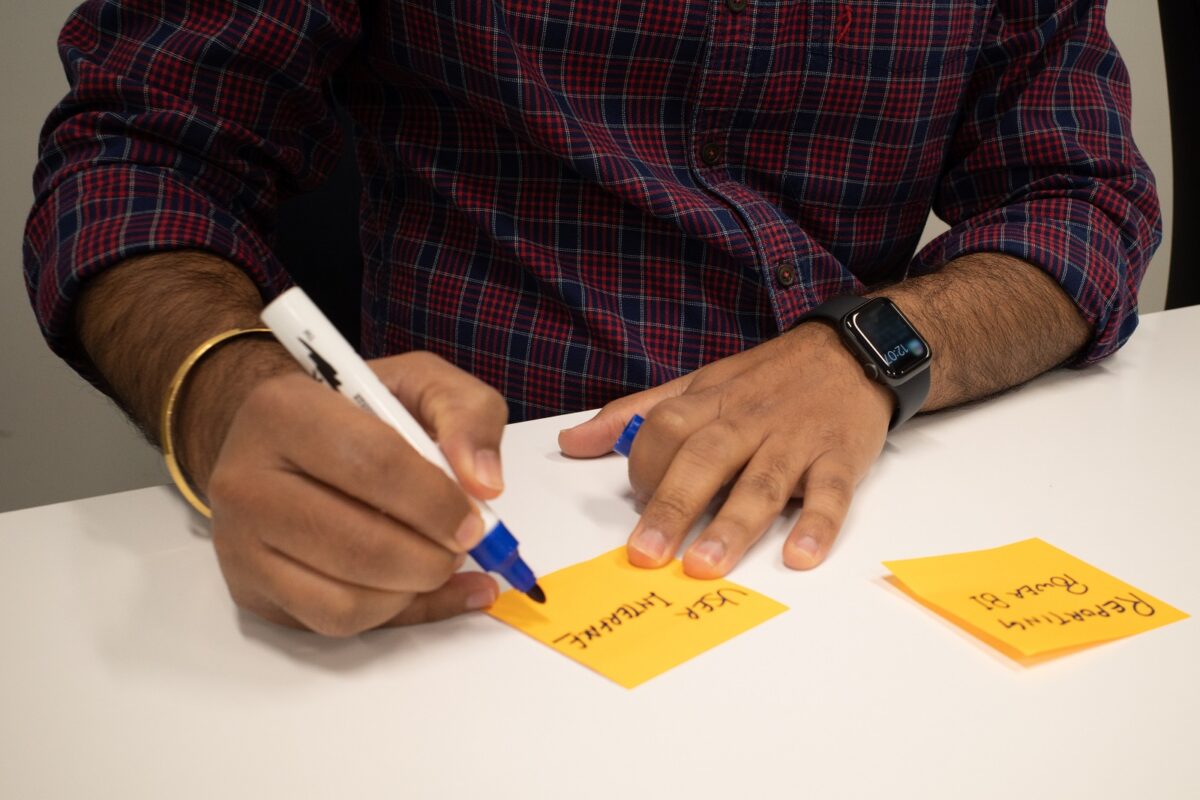Brainstorm is a powerful tool. But like any other tool, it has some drawbacks. Clarify your goals and adapt to your team to maximize your next brainstorming session.

What’s the goal of the session?
As with any other tool, the success lies in your preparation. A brainstorming is used to generate quantity. It is a creative process that generates lots of information. So, if you want to use it it is because you want lots of ideas and are ready to deal with those after.
What will you ask to the participants? What do you want them to share? The question impacts the outcome of the session.
“What do you like about our product?” doesn’t give the same insights as “How would you like to use our product?” or “What do you want to change in our product?”
First things first, think about the precise question you want to ask. What do you want to discuss (or not) in the session. If it’s clear to you, it will be clearer to the participants as well, and will ease your facilitation.
Respect differences by using different techniques
Start silent
About half of the population is introvert. They think in their brain. That’s the contrary for extroverts, who think out loud. When you allow them to start talking in the session, you prevent introverts from thinking and sharing their ideas. So, as you ask your questions, keep at least 5 minutes for people to write down their ideas. Even better, ask the question before the session, so they can think about it before joining.
Alternate between sharing, discussing and personal thinking.
As the session moves own, ensure you ask the silent members to participate. Maybe they don’t know how to interrupt the passionate debate. Offer some quiet time, especially if your session is long. Nobody can have passionate discussion for long period of time. Change the rhythm, the speed, intensity and activities.

Sort ideas from your brainstorming
How you group ideas can strongly influence the outcomes of the brainstorming session. As a brainstorming produces lots of ideas, it is hard to decide what to work on. We are tempted to group everything that seems alike together. But sometimes even if the ideas look similar, they have two completely different backgrounds or describe two different aspects.
Do not force ideas into categories, if someone thinks their idea is different keep it apart. You should not group everything into a defined number of categories.
If you can’t work on everything, you could ask people to vote on the ideas they want to keep for the next stage. I like to use voting points, which everyone has to assign to the ideas. You can allocate 3 to 5 points per person. Or, ask them to divide 100 points among all the ideas presented. Some will put all their points on one idea to put it at the top of the list, others will split their points because they want to see more ideas come up.
Wrap up to conclude the brainstorming session
Like with any other meetings, you need to wrap-up. This is about closing the loop. There are different things you can include in the wrap-up. Here’s a few you can choose and order as you see fit.
Summarize the outcome
This is the hardest part: how to summarise in a couple minutes what was discussed for an hour or half a day? To succeed, there is no secret, you need to practice. If you are not comfortable sharing back with the team, you could “cheat” by asking the team to do it. You will hence know what they take away. Start with someone else. It will force you to think about it and summarize globally.
Remind the initial goal
What were we here for? We’ve been working for an hour (or half a day). Did we stick to what we said we would, have we achieved what we wanted to? These questions are great to understand how the session went and provide information on how to do better for the next.
Inform about next steps
What will do with the information you have gathered? Sharing what is coming up, whether the team will be involved or not, is key. We all need to connect the dots and see how we contribute to something greater than just the task at hand. So be transparent and share what is next.
Evaluate the brainstorm session
I like to have a quick evaluation of sessions, especially when they are with people I don’t often get together in a workshop. You can use the thumbs up and down, the 1 to 5 rating with fingers, ask one word to each participant about their main takeaway, current mood or global appreciation of the session. This feedback will help you improve for the next session as well.
Thank everyone for engaging
You just used your participants time and energy for the last hour, the minimum is to thank them for coming and engaging with you. We sometimes take participation for granted. Kind words are always good, they are treats for the brain. And your team probable deserves it.
A wrap-up example
Thanks you for reading all this post, you now have some ideas on how to get more of your next brainstorm session. I listed a few things you could do. If one is more appealing to you, I invite you to write it down and try it. Remember to have fun, that is how you get the best results!
